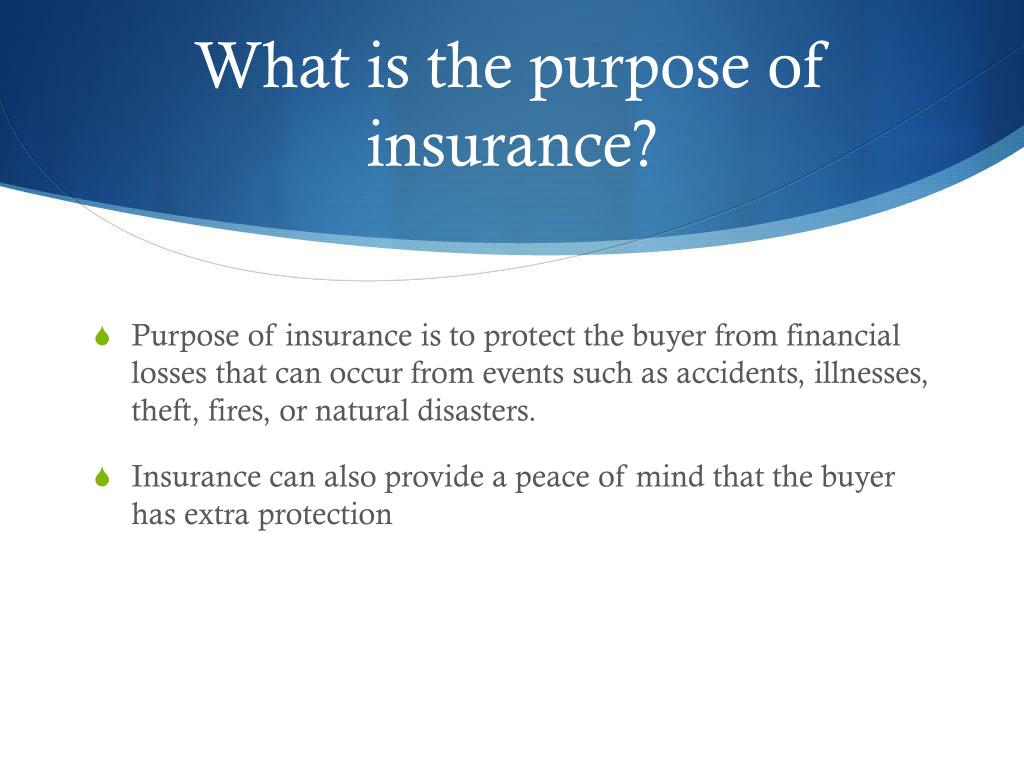The Best Guide To Pacific Prime
The Best Guide To Pacific Prime
Blog Article
6 Simple Techniques For Pacific Prime
Table of ContentsThe Facts About Pacific Prime UncoveredThe Single Strategy To Use For Pacific PrimePacific Prime Things To Know Before You BuyThe Greatest Guide To Pacific PrimeEverything about Pacific Prime

This is due to the fact that the data were accumulated for a period of strong financial performance. Of the approximated 42 million individuals who were without insurance, just about concerning 420,000 (about 1 percent) were under 65 years old, the age at which most Americans become eligible for Medicare; 32 million were adults in between ages 18 and 65, about 19 percent of all grownups in this age group; and 10 million were youngsters under 18 years old, regarding 13.9 percent of all children (Mills, 2000).
These quotes of the variety of persons without insurance are generated from the annual March Supplement to the Present Populace Study (CPS), conducted by the Census Bureau. Unless or else kept in mind, nationwide quotes of people without wellness insurance coverage and percentages of the population with various sort of protection are based upon the CPS, the most commonly made use of resource of estimates of insurance coverage and uninsurance rates.
The Greatest Guide To Pacific Prime

Still, the CPS is particularly helpful because it produces annual price quotes fairly quickly, reporting the previous year's insurance coverage approximates each September, and due to the fact that it is the basis for a constant set of quotes for even more than two decades, permitting for evaluation of fads in coverage over time. For these factors, in addition to the considerable use the CPS in various other researches of insurance policy coverage that exist in this record, we depend on CPS quotes, with limitations noted.

The quote of the variety of uninsured people increases when a population's insurance standing is tracked for a number of years. Over a three-year period beginning early in 1993, 72 million individuals, 29 percent of the united state populace, were without coverage for at the very least one month. Within a single year (1994 ), 53 million people experienced at the very least a month without coverage (Bennefield, 1998a)
6 out of every 10 uninsured grownups are themselves utilized. Although functioning does boost the probability that a person and one's family members will certainly have insurance policy, it is not a guarantee. Even participants of family members with two full-time wage income earners have practically a one-in-ten opportunity of being without insurance (9.1 percent uninsured rate) (Hoffman and Pohl, 2000).
Some Known Factual Statements About Pacific Prime
New immigrants account for a substantial percentage of people without health and wellness insurance. One evaluation has actually connected a significant part of the current growth in the dimension of the united state without insurance population to immigrants who got here in the country between 1994 and 1998 (Camarota and Edwards, 2000). Current immigrants (those that involved the United States within the previous 4 years) do have a high price of being without insurance (46 percent), but they and their kids represent simply 6 percent of those without insurance across the country (Holahan et al., 2001).
The partnership between health and wellness insurance coverage and access to care is well developed, as documented later in this phase. Although the partnership in between medical insurance and health results is neither direct nor basic, an extensive clinical and wellness services study literary works links wellness insurance policy coverage to enhanced access to care, better high quality, and enhanced personal and population wellness status.
Levels of evaluation for analyzing the results of uninsurance. It focuses specifically on those without any kind of health insurance policy for any length of time.
Indicators on Pacific Prime You Should Know
The troubles encountered by the underinsured remain in some respects similar to those dealt with by the without insurance, although they are usually much less extreme. group insurance plans. Uninsurance and underinsurance, nevertheless, involve definitely various plan problems, and the approaches for addressing them may vary. Throughout this research study and the 5 reports to follow, the main emphasis gets on individuals with no medical insurance and therefore no support in paying for healthcare beyond what is available through charity and safeguard establishments
Medical insurance is an effective element impacting receipt of care due to the fact that both people and doctors react to the out-of-pocket cost of services - https://stieuys-rhuiets-scriank.yolasite.com/. Wellness insurance policy, however, is neither required nor sufficient to access to medical solutions. However, the independent and straight impact of medical insurance protection on accessibility to wellness services is well established.
Others will certainly acquire the health treatment they require even without health and wellness insurance coverage, by spending for it out of pocket or seeking it from companies who provide care free or at extremely subsidized rates. For still others, medical insurance alone does not guarantee receipt of care due to other nonfinancial obstacles, such as an absence of wellness treatment service providers in their area, restricted accessibility to transport, illiteracy, or etymological and cultural differences.
An Unbiased View of Pacific Prime
Official research regarding without insurance populaces in the United States dates to the late 1920s and early investigate this site 1930s when the Board on the Price of Medical Care produced a series of reports about financing medical professional workplace check outs and hospital stays. This issue ended up being significant as the varieties of clinically indigent climbed up throughout the Great Depression.
Report this page